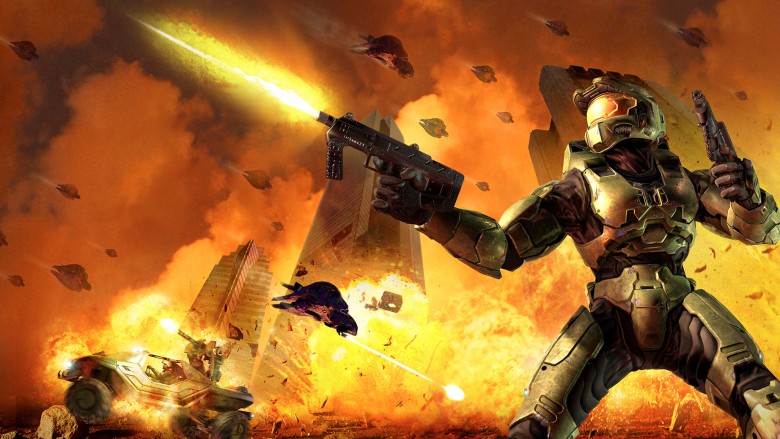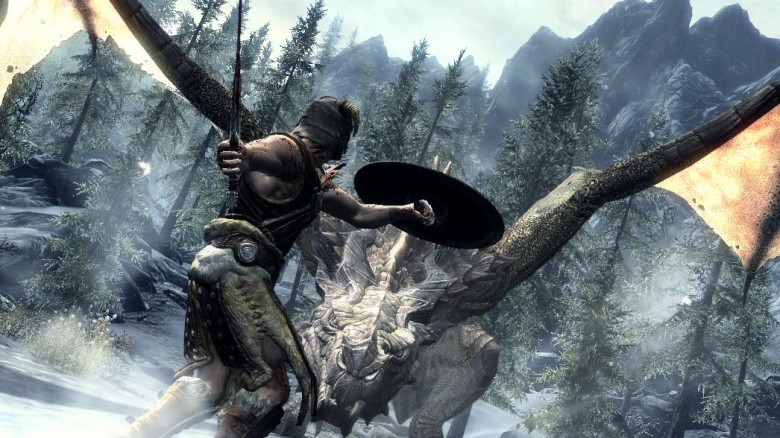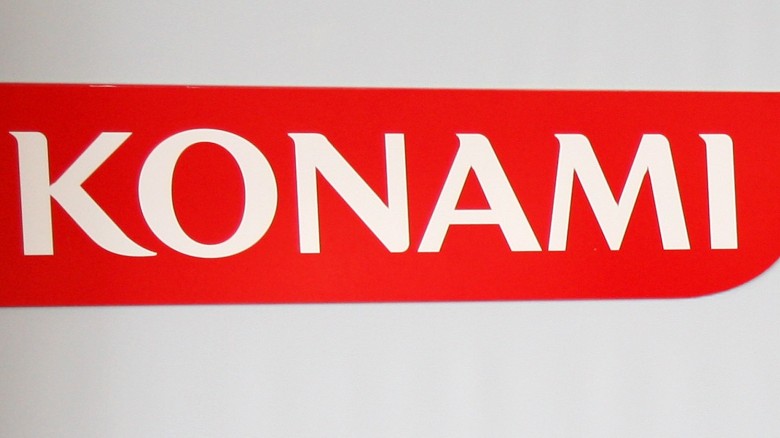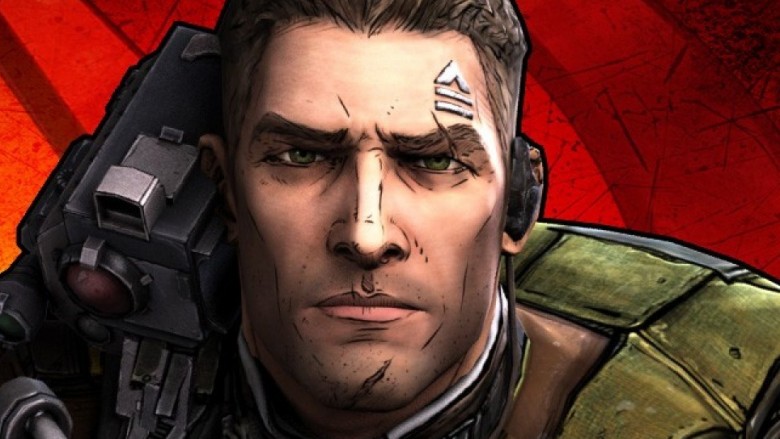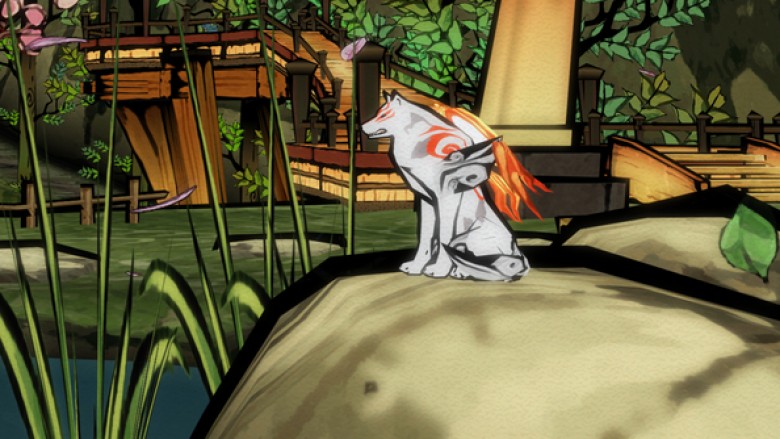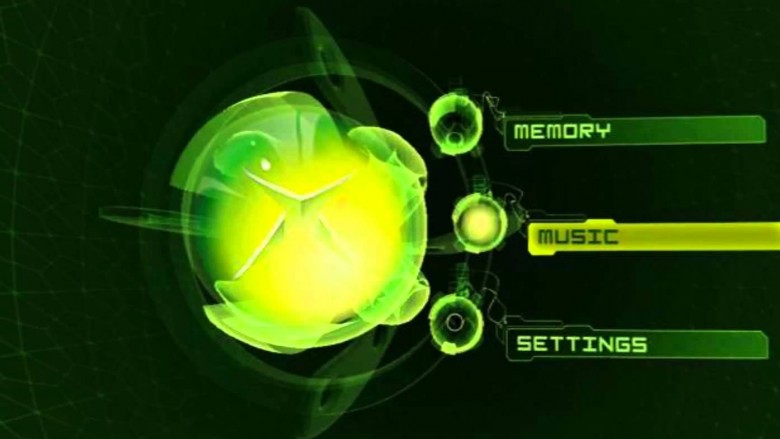The Strangest Things That Accidentally Made It Into Games
It takes a long time and a lot of people to make a video game...which leaves a lot of opportunity for mistakes that can potentially make it into the final product. These mistakes are usually limited to bugs or the occasional amusing graphical error, but sometimes, developers end up overlooking something more serious—and the end results can get pretty odd.
A butt that cost Microsoft half a million dollars - Halo 2
The genre-defining shooter that finally established the Xbox as a mulitplayer gaming platform, Halo 2 proved popular enough to be ported to the PC as an exclusive for the Games for Windows service and the Xbox One as part of the Halo: The Master Chief Collection. Both versions of the port featured numerous improvements—however, only the Games for Windows version featured, to quote the ESRB sticker, "partial nudity."
When Halo 2 was ported to the PC, the developers at Bungie had a running joke surrounding a proprietary file format for 3D images that saved with the extension .ASS. The format frequently caused crashes and errors, which Bungie employees gleefully referred to simply as "The ass error." At some point an unnamed hero attached a candid photo of one the game's Lead Engineers, Charlie Gough, flashing his butt to this error message as a joke—and then forgot to remove it. The ESRB eventually found it, and informed Microsoft they had to recall every single copy to put a new sticker on the box alerting consumers to the fact that buried deep in the game's code was a solitary, blurry picture of a butt. Nobody really knows how much the butt cost Microsoft in total, but the figure most commonly thrown around is a cool half million dollars.
A full episode of South Park - Tiger Woods PGA Tour 1999
Not all games are created equal—and at no time is this more apparent than when you look at the amount of space individual games take up on a disc (as anyone who's tried to install Grand Theft Auto V on an Xbox 360 will happily tell you). When a game doesn't fill up all the available space on a disk, it's common for developers to simply fill it with junk files, which leaves a lot of room for mischief to occur.
Shortly after the game Tiger Woods PGA Tour 1999 for the PlayStation was completed—but before it was printed and shipped—someone at EA noticed that there was just enough space left for a five-minute video clip. Not wanting this space to go unused and spying an opportunity to do something funny, the unnamed individual snuck the uncensored South Park pilot commonly known as "Jesus vs. Santa" onto the disc and saved it in an innocuous-looking file called Zzdummy.dat. EA shipped 100,000 copies of the game before someone realized the episode had been hidden on the game's disc where it could be easily accessed by putting it into a PC and opening the aforementioned file. EA scrambled to recall every copy of the game—and considering we're writing about it now, those efforts obviously weren't completely successful.
A Minecraft item in Skyrim - Skyrim
In 2011, Skyrim developers Bethesda were in the midst of a legal tug of war with Minecraft developers Mojang over the word "Scrolls." In a nutshell, Mojang, at the time, were working on a strategic card game called Scrolls, which got Bethesda upset because they were worried it would be confused with their Elder Scrolls series of games. The whole thing ended amicably, but for awhile, the two companies were at each others' throats.
So it's pretty amusing that, while the company that owned the Elder Scrolls brand was publicly tussling with Mojang, people working on Skyrim slipped in a not-so-subtle nod to Mojang's most famous game in the form of an item called the Notched Pickaxe. The pickaxe, which is found at the apex of the Throat of the World, was named after Mojang's founder, Markus "Notch" Perrson; Notch was apparently amused by the item, and responded by saying he'd add a similar item to Minecraft called the "Toddhoward pickaxe," named in honor of Skyrim lead developer Todd Howard.
The Konami code - Gradius
Up, Up, Down, Down, Left, Right, Left, Right, A, B. This sequence, known to the world as the Konami Code, has been burned into the heads of millions of gamers through its appearance in dozens of games. The code's even wormed its way into movies and the real world—try entering it one of these websites and see what happens.
Weird, then, that the code was never actually meant to make it into its first game, Gradius for the Famicom and NES. According to legend, the lead tester for the game, Kazuhisa Hashimoto, decided to make playing through it a little easier by creating a code that gave him all of the power-ups. Hashimoto forgot to remove the code, and it was later found by a gamer pressing buttons at random. Speaking of which, when later asked why he settled on the specific, now iconic combination of button presses, Hashimoto admitted there wasn't really an answer. "I mean, I was the one using it," he pointed out. "I just put in something I could remember easily."
Dialogue that made a character bisexual - Borderlands 2
Borderlands 2 lets you play as a fairly diverse cast of characters, from an alien witch with boundless mystic powers to a bisexual soldier man with a pocket-sized turret that fires rockets. Yeah, about that last one: Axton the Commando is canonically bisexual—completely by accident.
According to Borderlands 2 lead writer Anthony Burch, during the game's development there was a plan to have gender-specific dialogue for Axton—he was supposed to flirt with female characters while reviving them. This feature was never implemented, but the dialogue was left in the game, meaning Axton could flirt with any character. This led some fans to assume Axton was bisexual, which Burch found to be an interesting concept, so when the game's DLC Tiny Tina's Assault on Dragon Keep was in development, Burch wrote some extra dialogue for Axton to make it more overt that Axton was too much man for any single gender to handle.
An IGN logo - Okami's Box Art
Okami was a game developed for the PlayStation 2 in which players slap demons to death with a giant celestial paintbrush. The game sold poorly, but was critically acclaimed enough to warrant the development of a port for the Nintendo Wii. The updated version took advantage of the Wii's motion controls...and included an IGN logo on the cover.
Whoever was in charge of designing a new cover for the updated version of the game, rather than creating a new one, seemingly hopped onto Google Images, typed in "Okami," and used the first high-quality image they found. Unfortunately, the image they used was a watermarked promotional still hosted by IGN—and nobody noticed until the game shipped. Capcom tried to save face by covering the watermark with a small sticker before offering to send out a replacement cover for anyone who bought it.
NASA audio - The original Xbox dashboard
The original Xbox had a lot of features, one of which almost nobody knew about because it was hidden in the last place anyone would ever hang around: the console's boot-up screen.
If you boot up an Xbox and leave the dashboard lingering without putting in a game or pressing any buttons, eventually you'll start to hear ghostly audio that sounds like people talking. Some have assumed this was a glitch or quite possibly that their Xbox was haunted, but the reality is much weirder: it's garbled NASA audio clips.
For reasons that aren't quite clear—maybe just to freak people out?—Xbox engineers took publicly available audio of the Apollo missions, altered them so they sounded like they were being played through an alien's boombox, and incorporated them into the ambient noise the Xbox made when not in use. The audio was programmed to only start playing after a few minutes of inactivity, so it always seemed to come on when people were busy doing something else.


